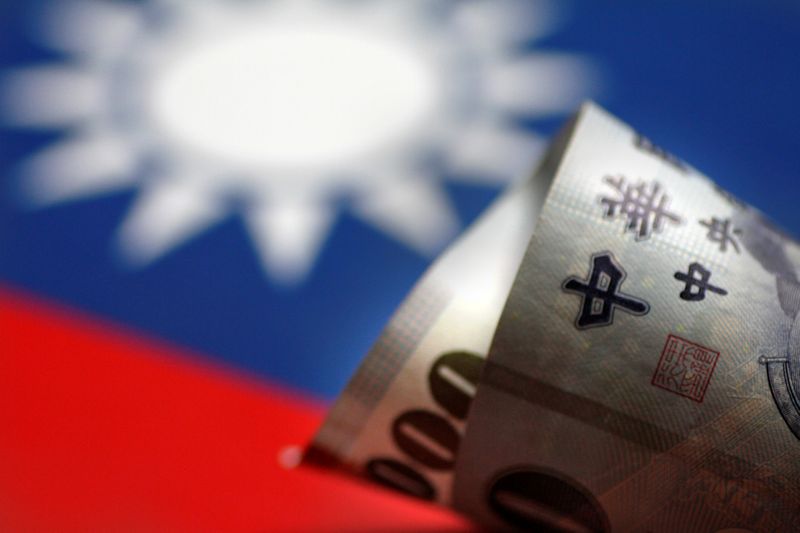Intel stock extends gains after report of possible U.S. government stake
By Ambar Warrick
Investing.com-- The Taiwan dollar hovered around two-year lows ahead of a potential trip by U.S. House Speaker Nancy Pelosi to the country on Tuesday, with most Asian currencies sticking to tight ranges amid caution over rising Sino-U.S. tensions.
The Taiwan dollar rose slightly in morning trade, but remained pinned around 30- a level last seen in mid-2020. The currency fell sharply on Monday in anticipation of Pelosi’s visit, and was also dented by weakening economic conditions in Taiwan.
China’s yuan was largely unchanged around 6.7704 to the dollar.
China has strongly opposed Pelosi’s visit to Taipei, which, according to media reports, could happen later in the day. The House of Representatives Speaker is currently on a tour of Asia.
U.S. officials warned that Beijing could respond with military action to the meeting- a move that is likely to substantially worsen Sino-U.S. ties. Relations between Washington and Beijing are already at a low over the latter’s ties with Russia. Reuters reported that Chinese warplanes flew close to the median line dividing the Taiwan Strait, while several Chinese warships remained close to the line on Tuesday.
The Japanese yen was an outlier among its Asian peers, surging as much as 0.7% amid growing safe haven demand. A drop in U.S. Treasury yields also benefited the currency, which has lost substantial ground against the dollar this year.
Weakness in the dollar appeared to be limiting losses in Asian currencies on Tuesday. The dollar index fell 0.2%, while US Dollar Index Futures also fell in a similar band.
Broader currency markets were relatively calm in comparison to Asian equities, which dropped sharply in morning trade as investors feared a potential spike in U.S.-China tensions.
The South Korean won rose 0.1% to the dollar, while the Malaysian ringgit lost 0.1%.
Sentiment towards Asian currencies is expected to remain on the backfoot this week, ahead of an OPEC+ meeting and key U.S. payrolls data later in the week. The latter is likely to factor into the pace at which the Federal Reserve will tighten policy this year, and will be closely watched by investors.
